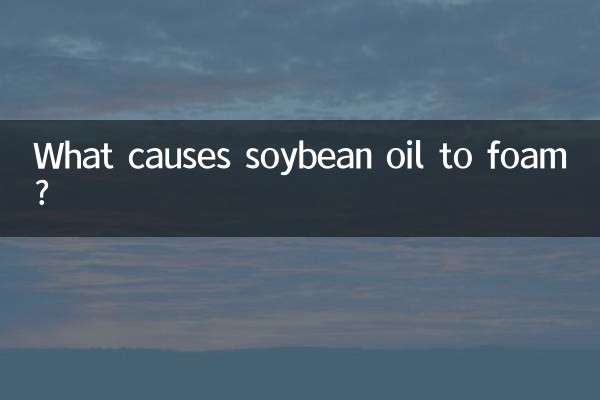What kind of equipment does cement rotary kiln belong to?
The cement rotary kiln is the core equipment in the cement production process and is mainly used for the calcination of cement clinker. It is a large-scale rotary kiln that burns raw materials at high temperatures to cause physical and chemical reactions to eventually form cement clinker. Cement rotary kiln occupies an important position in the cement industry and is an indispensable key equipment in modern cement production.
Working principle of cement rotary kiln

The working principle of the cement rotary kiln is to rotate the cylinder to evenly distribute the raw materials in the kiln, and gradually move toward the kiln head as the kiln body rotates. In the kiln, the raw meal undergoes multiple stages such as drying, preheating, decomposition, firing and cooling, and finally forms cement clinker. The high temperature in the kiln is provided by the burner, and the fuel is usually pulverized coal, natural gas or heavy oil.
| stage | Temperature range (℃) | main reaction |
|---|---|---|
| dry | 100-200 | Remove moisture from raw ingredients |
| preheat | 200-800 | Decomposition of organic matter in raw meal |
| decompose | 800-1200 | Carbonates decompose into oxides |
| burn | 1200-1450 | Formation of cement clinker minerals |
| cooling | 1450-100 | Clinker cools and solidifies |
Main structure of cement rotary kiln
The cement rotary kiln is mainly composed of a cylinder, a support device, a transmission device, a kiln head cover, a kiln tail cover, a burner, a cooler, and other parts. The barrel is the main body of the rotary kiln, usually welded from steel plates and lined with refractory materials to withstand high temperatures. The support device is used to support the cylinder and make it rotate smoothly, and the transmission device drives the cylinder to rotate through the motor and reducer.
| Structural components | Function |
|---|---|
| cylinder | Carrying raw materials and clinker, providing reaction space |
| Support device | Support the cylinder and ensure its smooth rotation |
| Transmission | Drive cylinder rotation |
| kiln head cover | Sealing the kiln head to prevent heat loss |
| kiln tail cover | Seal the kiln tail and collect waste gas |
| burner | Provide high-temperature flame to calcine raw materials |
| Cooler | Cool clinker and recover heat |
Classification of cement rotary kiln
According to different process and structural characteristics, cement rotary kilns can be divided into various types. Common classification methods include heating method, kiln body length and diameter ratio, production method, etc. The following are several common cement rotary kiln types:
| Classification | Type | Features |
|---|---|---|
| Heating method | Wet rotary kiln | The raw meal is in the form of slurry and consumes high energy. |
| Heating method | Dry process rotary kiln | The raw material is dry powder and consumes less energy. |
| Kiln length and diameter ratio | Long rotary kiln | L/D>30, suitable for wet production |
| Kiln length and diameter ratio | Short rotary kiln | L/D<20, suitable for dry production |
| production method | precalciner kiln | With preheater and decomposition furnace, high efficiency |
| production method | Traditional rotary kiln | No preheater, low efficiency |
Application fields of cement rotary kiln
Cement rotary kilns are not only used in cement production, but are also widely used in other industrial fields. For example, in the metallurgical industry, rotary kilns can be used for magnetizing roasting of iron ore; in the chemical industry, rotary kilns can be used to produce alumina, phosphoric acid and other products; in the field of environmental protection, rotary kilns can be used to process hazardous waste and municipal garbage. The following are the main application areas of cement rotary kilns:
| Application areas | Specific use |
|---|---|
| cement industry | Calcined cement clinker |
| Metallurgical industry | Magnetization roasting of iron ore, reduction of nickel ore |
| Chemical industry | Alumina and phosphoric acid production |
| Environmental protection field | Hazardous waste treatment, garbage incineration |
Summary
Cement rotary kiln is an important industrial equipment widely used in cement production and many other fields. Its working principle is to calcine raw meal at high temperature to cause physical and chemical reactions to eventually form cement clinker. The structure of the cement rotary kiln is complex, including multiple components such as the cylinder, support device, and transmission device. According to different process and structural characteristics, cement rotary kilns can be divided into various types, such as wet rotary kiln, dry rotary kiln, precalciner kiln, etc. With the development of technology, the performance of cement rotary kilns in terms of energy conservation and environmental protection has been continuously improved, making important contributions to industrial production.

check the details

check the details